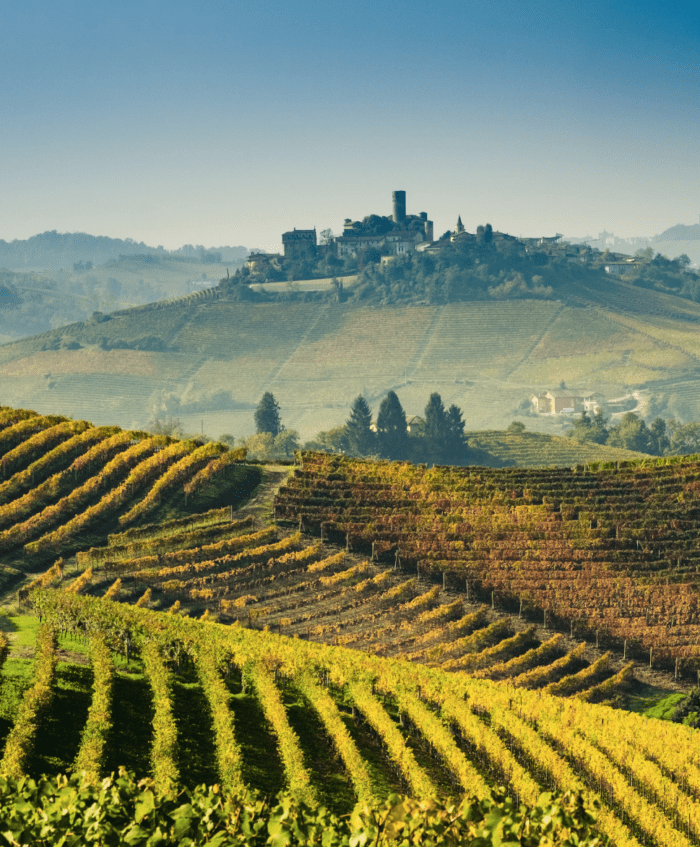
My friend, Laura Giannatempo, is always traveling to the dreamiest places in Italy (and, in fact, has just started her own travel company, ViaVai Travel) so I asked if she would share another one of her favorites with us—I loved learning about the Ligurian Riveria last month—some place we might not have heard about…
It’s happened to me more than once that I’ve shown people a certain photo of rolling hills with a castle in the distance or another image I have on my phone of a straw-yellow hill with a cluster of cypresses at the very top, and invariably they exclaim: Tuscany!
Yet, both those photos were not taken in Tuscany. They were snapped in its north-western neighbor, Piedmont—proving a point I’ve been making for a while that the hills of the Piedmont countryside are just as beautiful as Tuscany’s—and the food and wine just as lovely—but with the added benefit of fewer tourists.
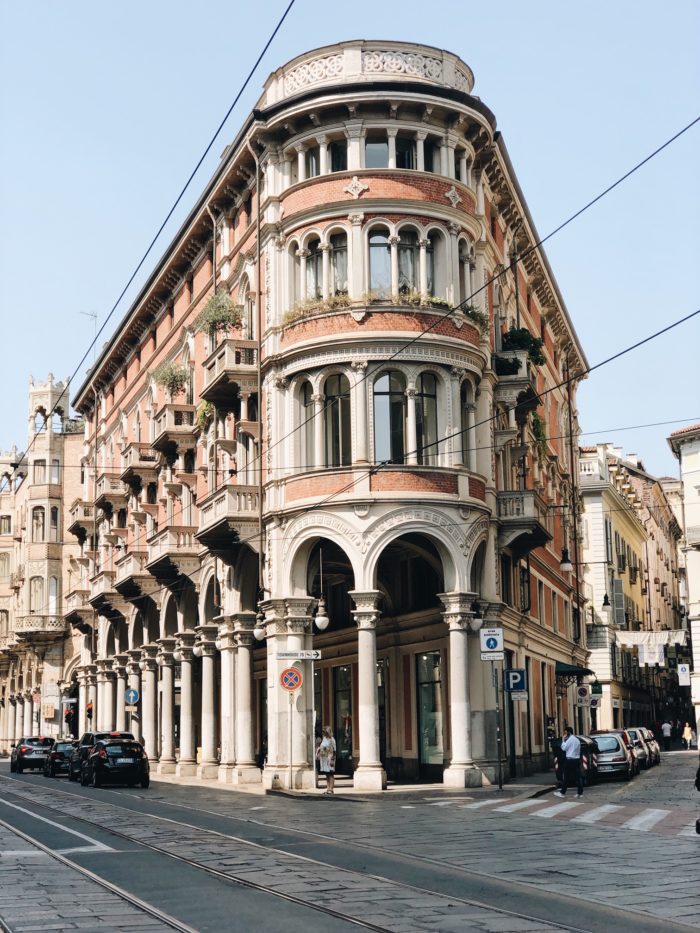
I was born in Turin, the capital city of Piedmont, so it’s only natural that this Italian region is near and dear to my heart. But this is not the only reason why I think it’s worth adding it to your travel list. Piedmont is surrounded on three sides—stunningly—by the Alps (the name Piedmont means “at the feet of the mountains”). So on a clear day, you can actually see white mountain peaks from almost anywhere you are. And yet, it pains me to say, Piedmont is often left off of travelers’ lists of places to visit in Italy. Personally, I think they’re missing out on a lot—from swanky winter ski resorts to perfectly Instagrammable landscapes, Game-of-Thrones-worthy medieval villages and castles, and vibrant cities.
Plus, ask any wine lover for their favorite Italian wine region and chances are Piedmont will be at the top of their list. The region produces some of Italy’s most iconic wines, like Barbera, Barolo, and Barbaresco. The whole Piedmont wine country—including Langhe, Roero, and Monferrato—was recently designated a World Heritage Site by UNESCO. So as you drive up and down those hills and taste your way through the area’s top wineries, you’ll take in some of the most picturesque and culturally rich landscapes in Italy.
Yes, I may be biased, but I think a trip to Piedmont, whether it’s your only destination or you’re tagging it onto another Italian destination (Liguria, anyone?), needs to be on your bucket list. At ViaVai Travel, we have a small boutique group trip to Piedmont that focuses on the wine country, but there are many things to see and do, even if wine is not your thing. Here are some ideas…
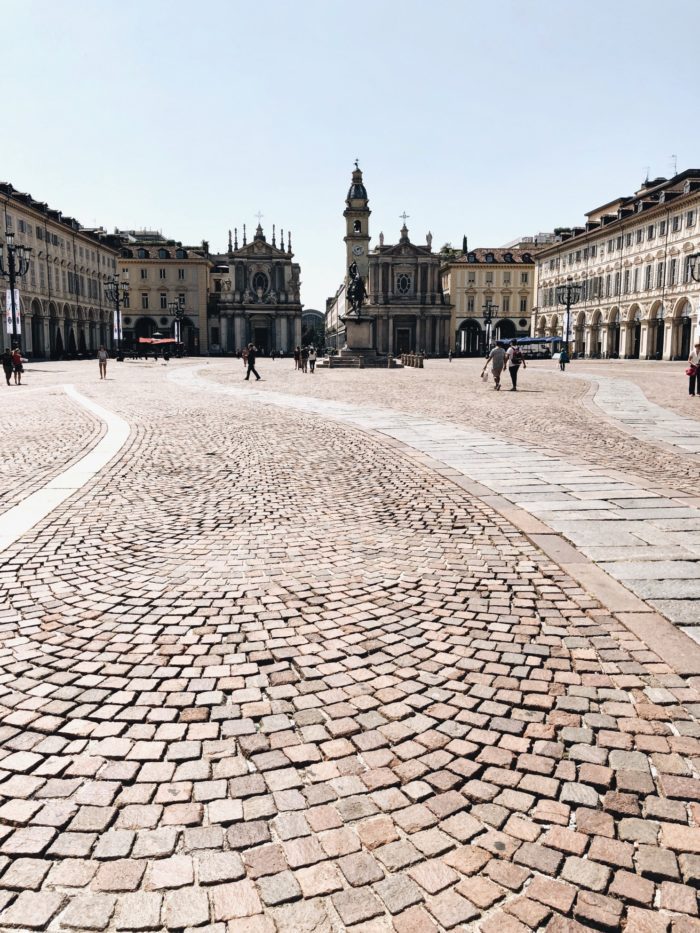
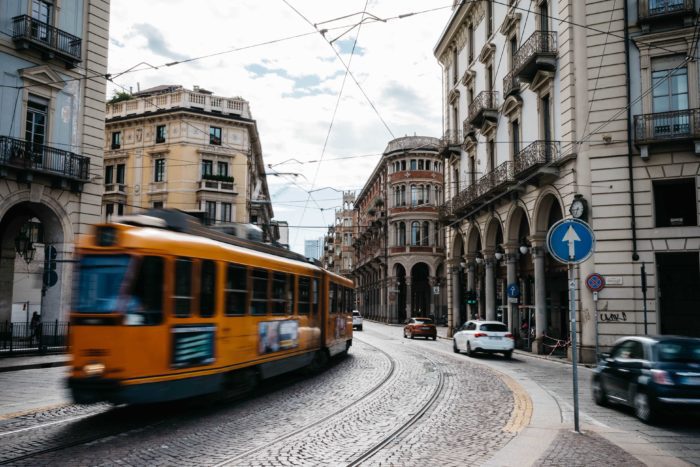
Turin
Any trip to Piedmont should include a visit to the elegant capital city of Turin, which was—for a brief period of time—the capital of Italy and played a big role in the country’s unification. For better or worse, Turin has long been synonymous with Fiat—and as the home to the car manufacturer since the early 1900s, it’s had a bad rap as the Detroit of Italy. But now that the old Fiat Mirafiori factory in the middle of town is barely operational, what remains is an elegant city filled with beautiful baroque churches and palazzi, eleven miles of porticos and a vibrant cultural scene.
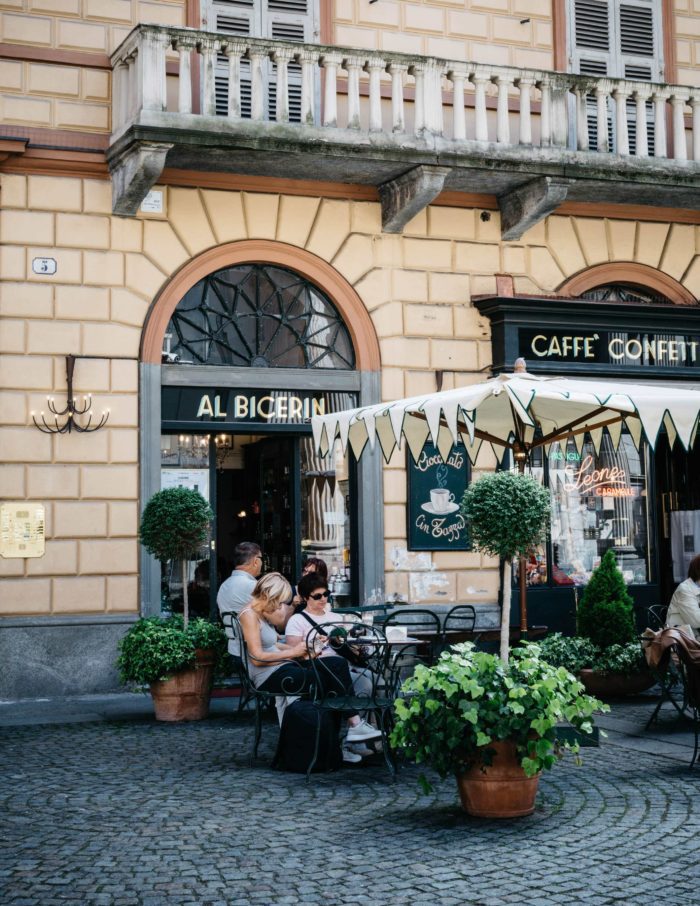
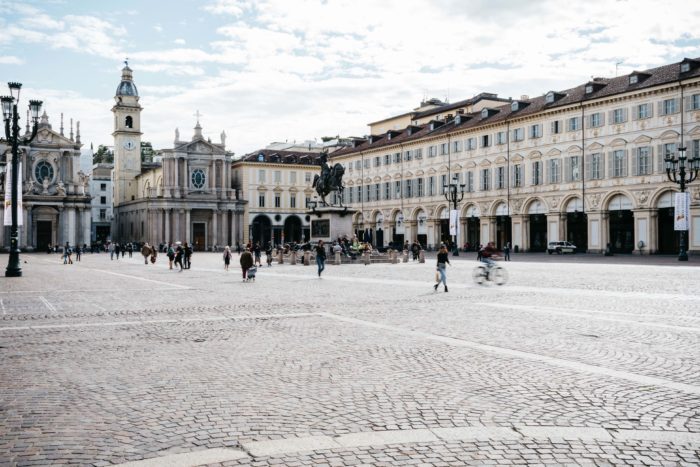
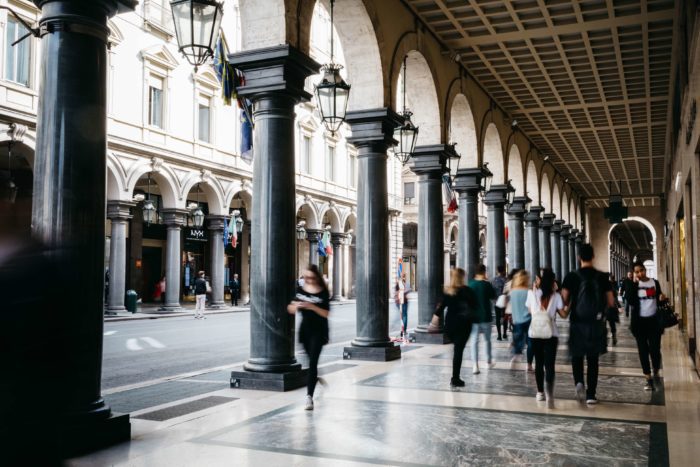
Stroll along the majestic Piazza Castello and Piazza Vittorio Veneto or the more intimate Piazza Carignano (one of my favorites); sip bicerin—the local chocolate and coffee drink—at one of the historic cafés, like Al Bicerin or Baratti & Milano; and take a walk through Porta Palazzo, one of the largest open-air markets in Europe. If you’re into ancient civilizations, you can’t miss a visit to the Museo Egizio, the second largest Egyptian museum in the world after the one in Cairo.
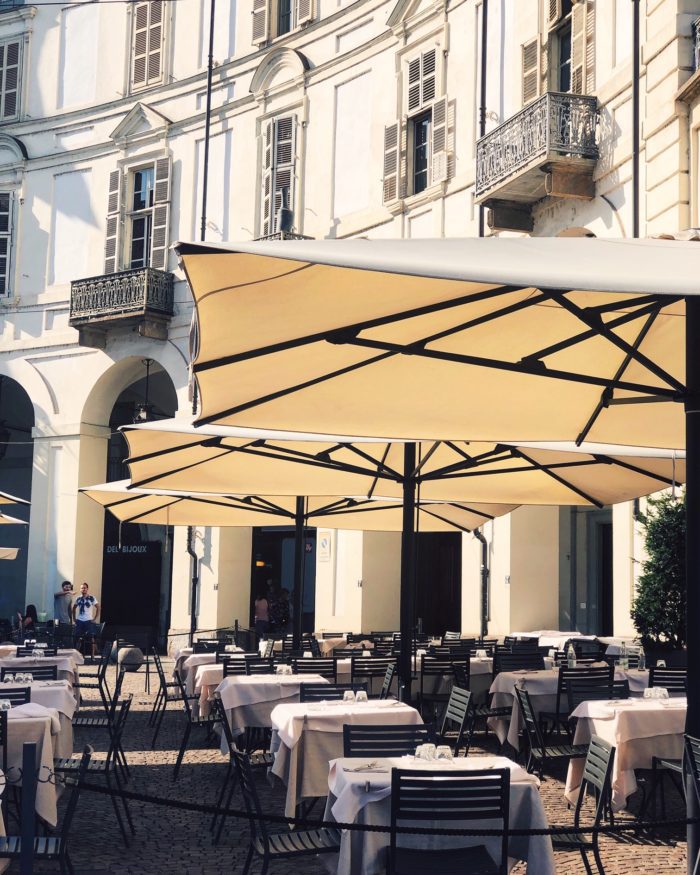
Among my favorite places to stay in Turin is the NH Collection Piazza Carlina Hotel, which, while part of the NH chain, manages to retain an appealing boutique quality, starting from its stunning location in a completely renovated 17th-century palazzo. I also really like the more intimate B&B Via Stampatori in the Quadrilatero Romano neighborhood. It occupies another splendid palazzo with a lovely internal courtyard and original pastel-hued frescos.
There are so many places to eat in the city, it’s hard to pick just one or two. I love the food and the vibe at Consorzio, which also has a great wine list with lots of local natural wines. Another favorite is Magazzino 52—both a good restaurant and a wine store. But I’m just scratching at the surface.
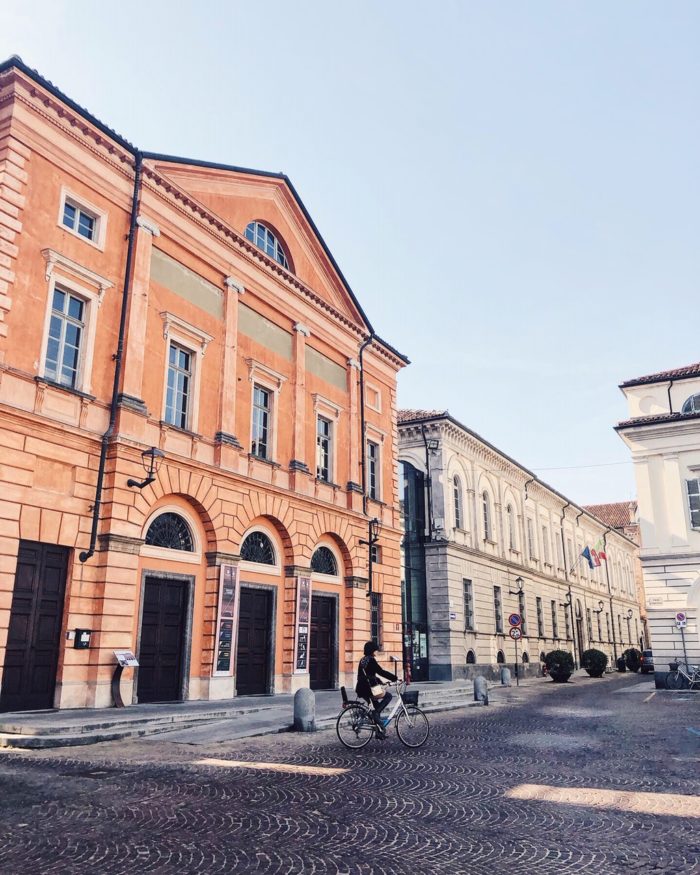
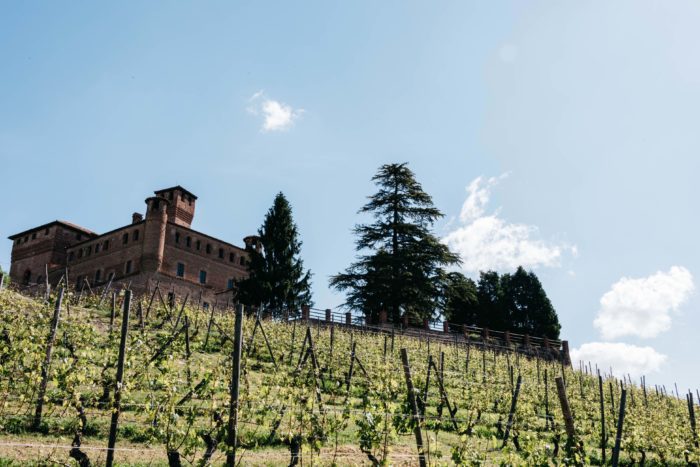
Langhe
In the heart of the Piedmont wine country, the Langhe is the area around the city of Alba best known for Barolo and Barbaresco wines. Alba is a small city worth visiting onto itself, especially in the fall when the rare white truffle is in season and the town hosts the Fiera Internazionale del Tartufo Bianco d’Alba (International White Truffle Fair). If you visit in October or November, you can not only have white truffle shaved over your pasta (beware: it’s not cheap!), but also stroll through the Fiera and taste other regional foods and wines.
Alba has another little-known claim to fame: it’s the worldwide headquarters of Ferrero, the Italian company that’s responsible for Nutella, the chocolate-and-hazelnut spread originally created with the local tonda gentile hazelnuts. Because Ferrero still has a working factory in town, it’s not uncommon to walk through the streets of Alba and smell chocolate!
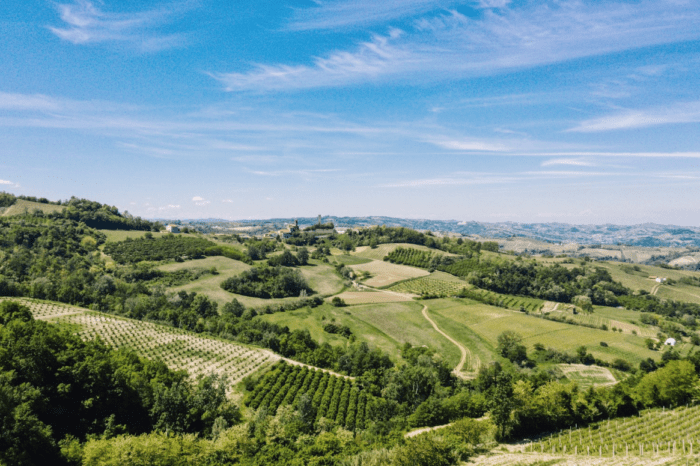
When I was talking about rolling hills and castles earlier, I was thinking primarily of this region—and the Monferrato (see below). When you visit, take any of the strade provinciali (local streets marked as “SP”) that connect over a dozen villages and wind your way through hilly vineyards, wineries big and small, and spectacular castles. Pick two or three villages and map your route accordingly. Some of my favorites are Monforte d’Alba, Serralunga d’Alba, La Morra and Barolo, but all of them are charming.
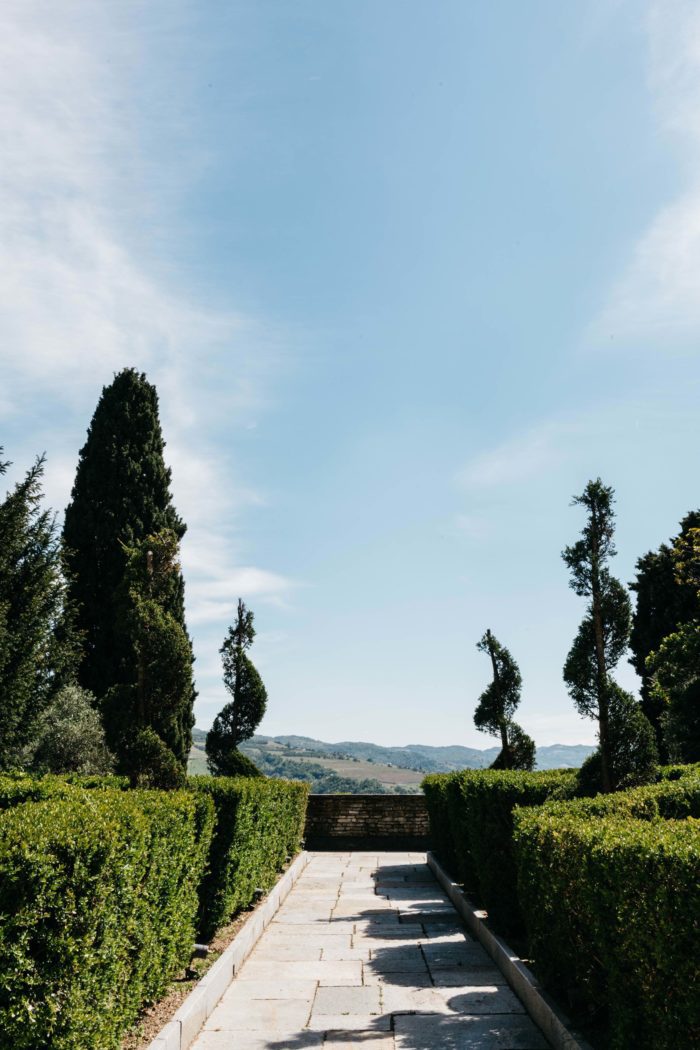
Whether you stay in a castle (yes, for real) or a B&B, there are so many lovely hotels to choose from it’s really hard to go wrong. Some of my favorites include Relais San Maurizio, a 5-star resort built in what was a 17th-century monastery (am I allowed to say stunning one more time?), and the super cosy, family-run B&B Ca’ Alfieri Al Trenta. And if you do want to stay in a castle, look no further than the opulent Castello di Guarene, in the Roero area.

Monferrato
Southwest of the Langhe, the Monferrato covers the provinces of Alessandria and Asti and includes one of my favorite areas: Gavi in the far south of Piedmont bordering with Liguria. The scenery doesn’t change radically from the Langhe—I know, right? More hills and vineyards and castles and picturesque villages. But I dare say, the Monferrato is even less dense and more bucolic.
This is the place to go if you like Barbera or Moscato, but it’s also a great place to discover other wines like Dolcetto, Grignolino, Ruché and Gavi. The Gavi area is heavily influenced by neighboring Liguria, especially in the food, so you’ll start seeing Ligurian vegetable tortes and focaccia more than Piedmont’s agnolotti.
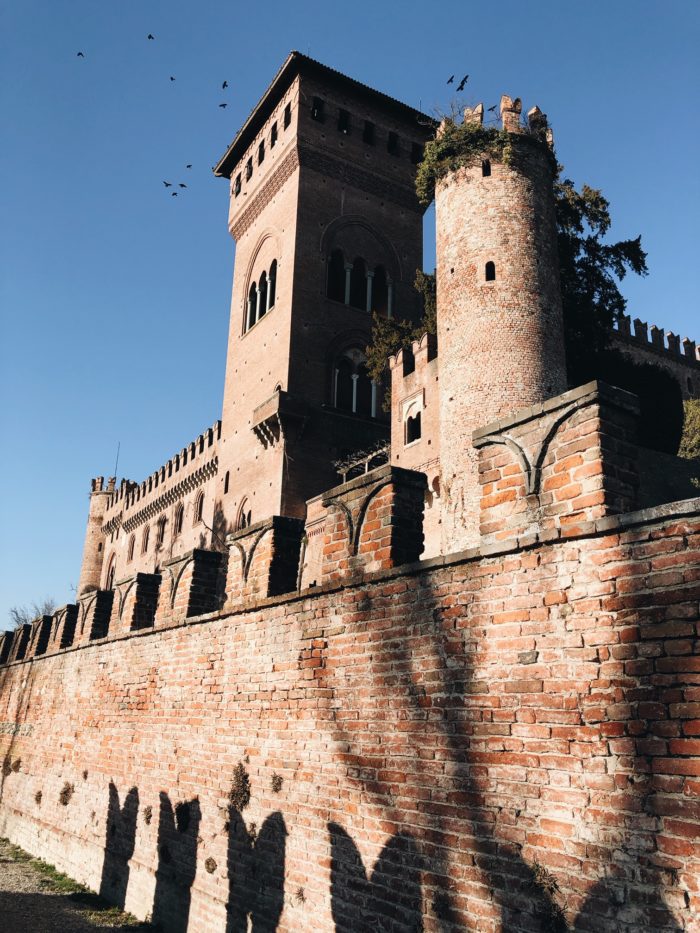
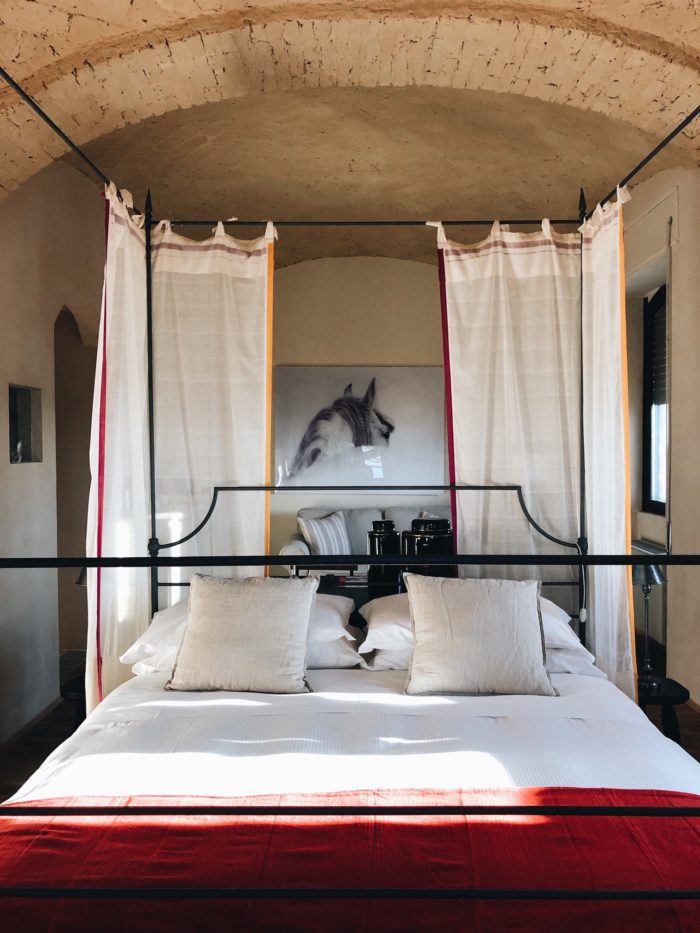
Personally, I find some of the castles here almost dreamier than in the Langhe—though I may be biased, since my mother’s family is from this area. Among the better preserved (and better restored) are the Castello di Gabiano and Castello di Camino. The former is one of the oldest and grandest of the area. Take a stroll in the surrounding park with its labyrinth garden created in the 1930’s. The castle also houses a boutique hotel and a winery, where you can taste and buy the estate’s Barbera. The rooms are clean and modern and the location is unbeatable (make sure you ask for the more recently renovated rooms).
The Castello di Camino dates back to the year 1000! If you visit, don’t miss the beautiful frescoes in its airy rooms, the hidden courtyards and the lush gardens. Other fairytale castles to add to your list? The Castello di Sannazzaro and the Castello di Pieia, which houses a museum of ancient art.
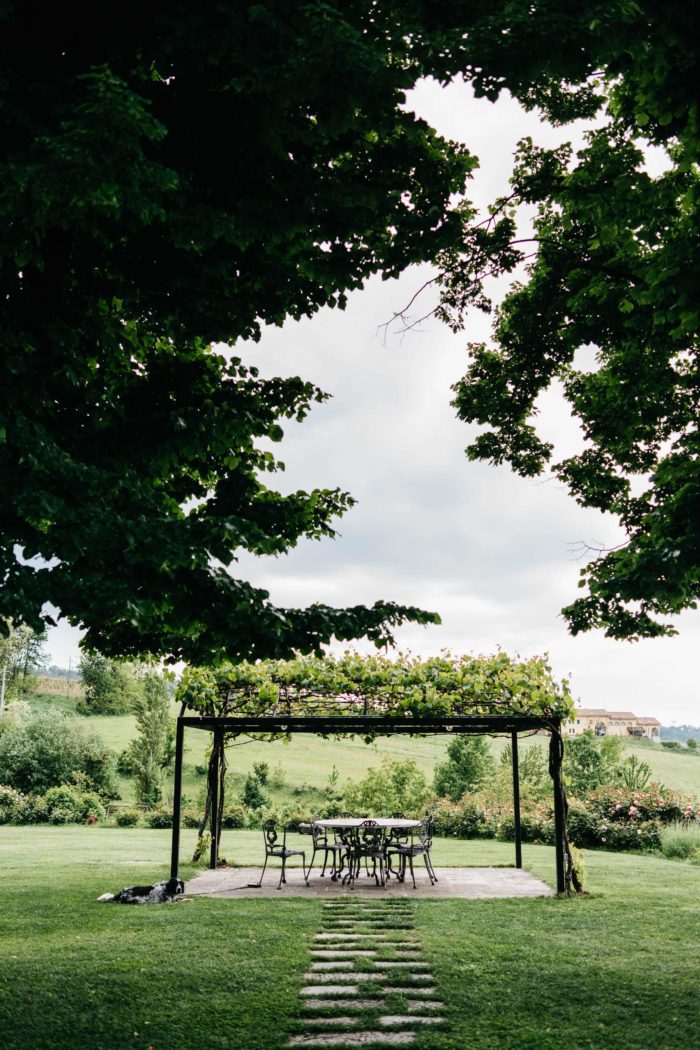
I also think the small city of Asti, the unofficial capital of the Monferrato, is worth a stop. It’s an ancient town inhabited well before Roman times that’s rich with medieval palaces and merchant houses, many with monumental towers. In fact, it’s known as the city of 100 towers (although there really were more like 120), of which several still remain—like the Tower of the Comentiniand the octagonal Torre de Regibus, as well as the ancient Torre Rossa, built during the reign of the Roman Emperor Augustus. The third Sunday in September, Asti hosts the famous Palio di Asti, in which all the old town wards, called “Rioni” and “Borghi,” compete in a bare-back horse race to recall the medieval battle victory against the rival city of Alba.
If you visit the Monferrato, stay at the Castello di Gabiano, described above, or Tenuta Santa—which is both a winery and an exquisite relais, with views for days. And if you’re venturing south to the Gavi area, I’m partial to the rustic-chic elegance of the Villa Sparina Resort, also a resort and winery.
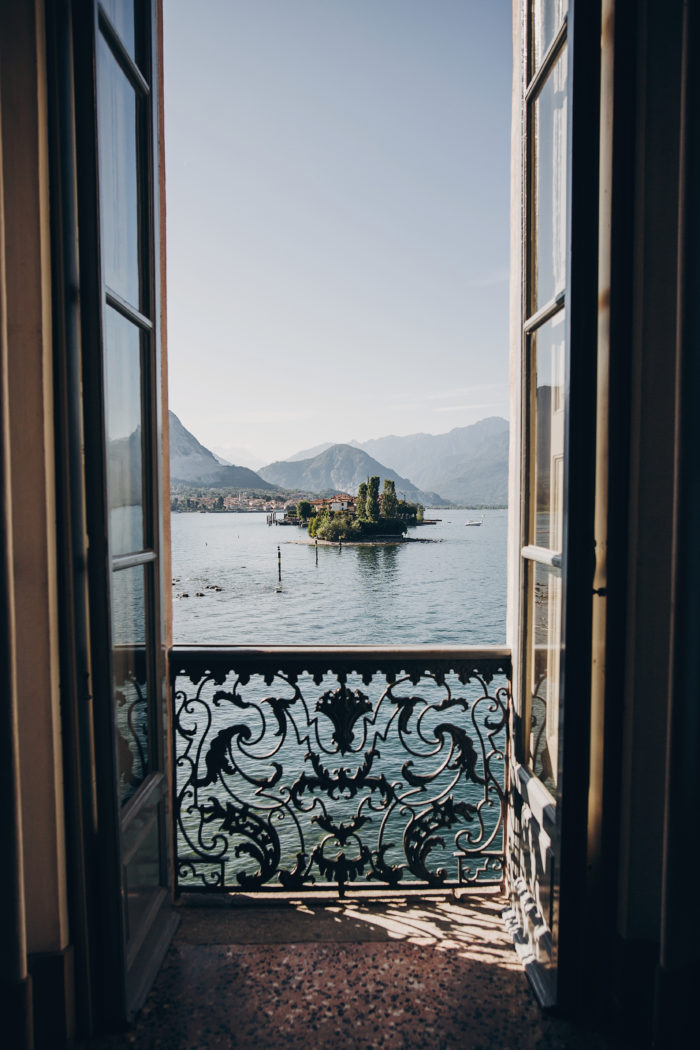
Lago Maggiore
Lake Como gets all the glory (and the tourists), but the northern Italian lake district has other gems that are just waiting to be discovered. Among them is Lago Maggiore, which straddles Piedmont, Lombardy, and Switzerland and has breathtaking views of the Alps—although the climate lakeside is pretty mild. You can venture up to Switzerland, but there’s no lack of things to see and do on the Piedmont side, starting with the town of Stresa, arguably the most famous of the Lake Maggiore towns. With its row of pretty Belle Époque houses and its art galleries, restaurants, and cafés, Stresa is a chic town that reminds you often of its past as the playground of wealthy Milanese families.
But another reason you shouldn’t miss Stresa is that it’s the departure point for ferries going to the Borromean Islands. Let’s talk about these islands for a minute. The Borromeos were (are) a wealthy aristocratic family from Milan who practically owned Lake Maggiore. Starting in the 16th century, they began to acquire the small islands between the towns of Stresa and Verbania—Isola Bella, Isola Madre, Isola dei Pescatori, etcetera—until they owned all of them. If you have to pick only one, head straight for Isola Bella and visit the grand palazzo and unique terraced gardens that practically take up the whole island.
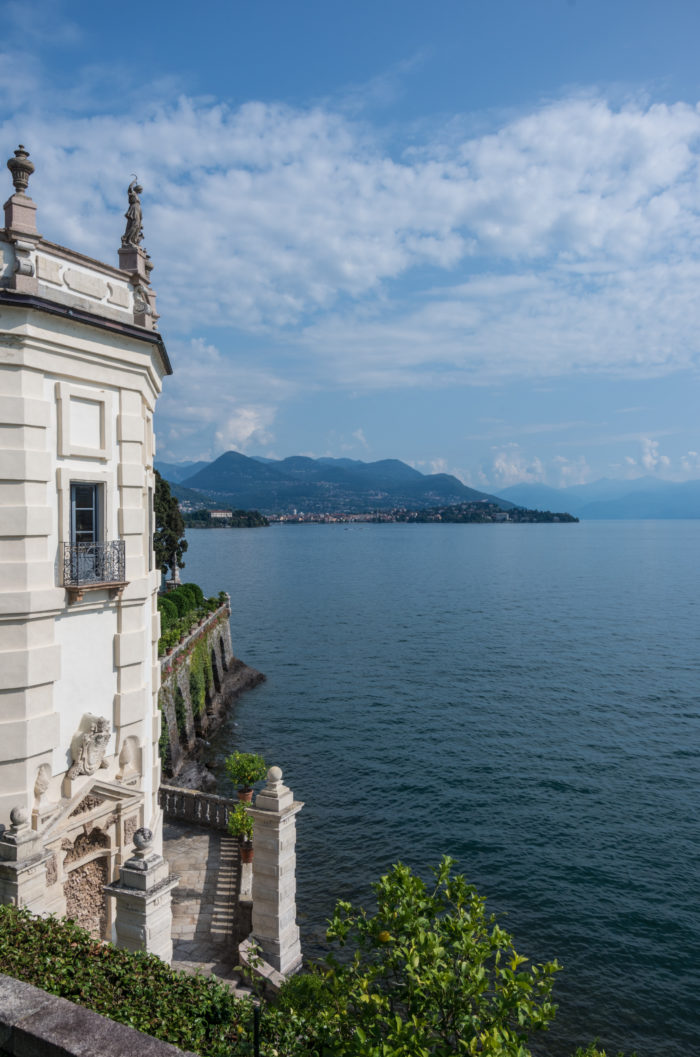
Drive north along a small bay to another lakeside town, Verbania, just about 30 minutes from Stresa. You can’t miss the glorious Villa Taranto Botanical Gardens, a luxurious jumble of leafy paths, fountains and terraced pools that’s a delight to stroll through. Needless to say, spring is the best time to visit but summers are gorgeous, too. Stay at the Grand Hotel Des Iles Borromees, surrounded by old-world grandeur and charm (it opened in 1863!) at surprisingly reasonable prices.

Sounds incredible! Has anyone visited? Thank you, Laura, for the inspiration!
P.S. More Italian inspiration: Travelogues for Rome, Puglia, and Tuscany
Laura Giannatempo is the founder of ViaVai Travel, a New York-based Travel company that curates immersive, boutique travel experiences to some of best, and often unexpected, wine destinations in Italy. She’s traveling in Piedmont right now, and working on a Liguria trip. A travel, food and wine writer/editor and a passionate traveler, Laura was born and raised in Turin, Italy, and lives in Brooklyn. All ViaVai Travel itineraries are personally curated by her and her team and partners in the U.S. and in Italy. Together, they handpick the best wineries, the chicest boutique hotels, the buzziest eateries that highlight local cuisines and lots of unique experiences.


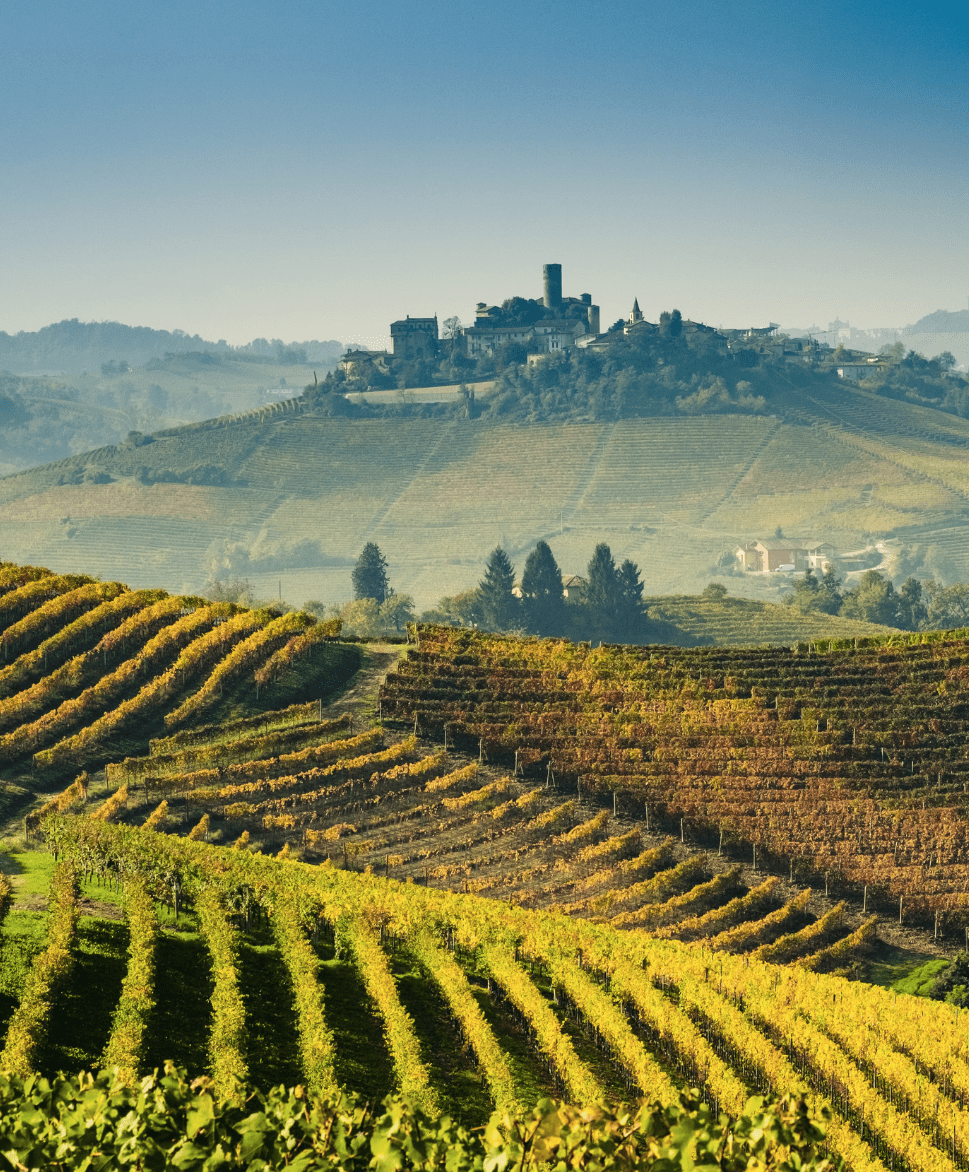

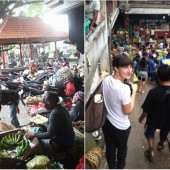
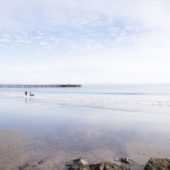
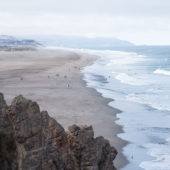































7 Comments